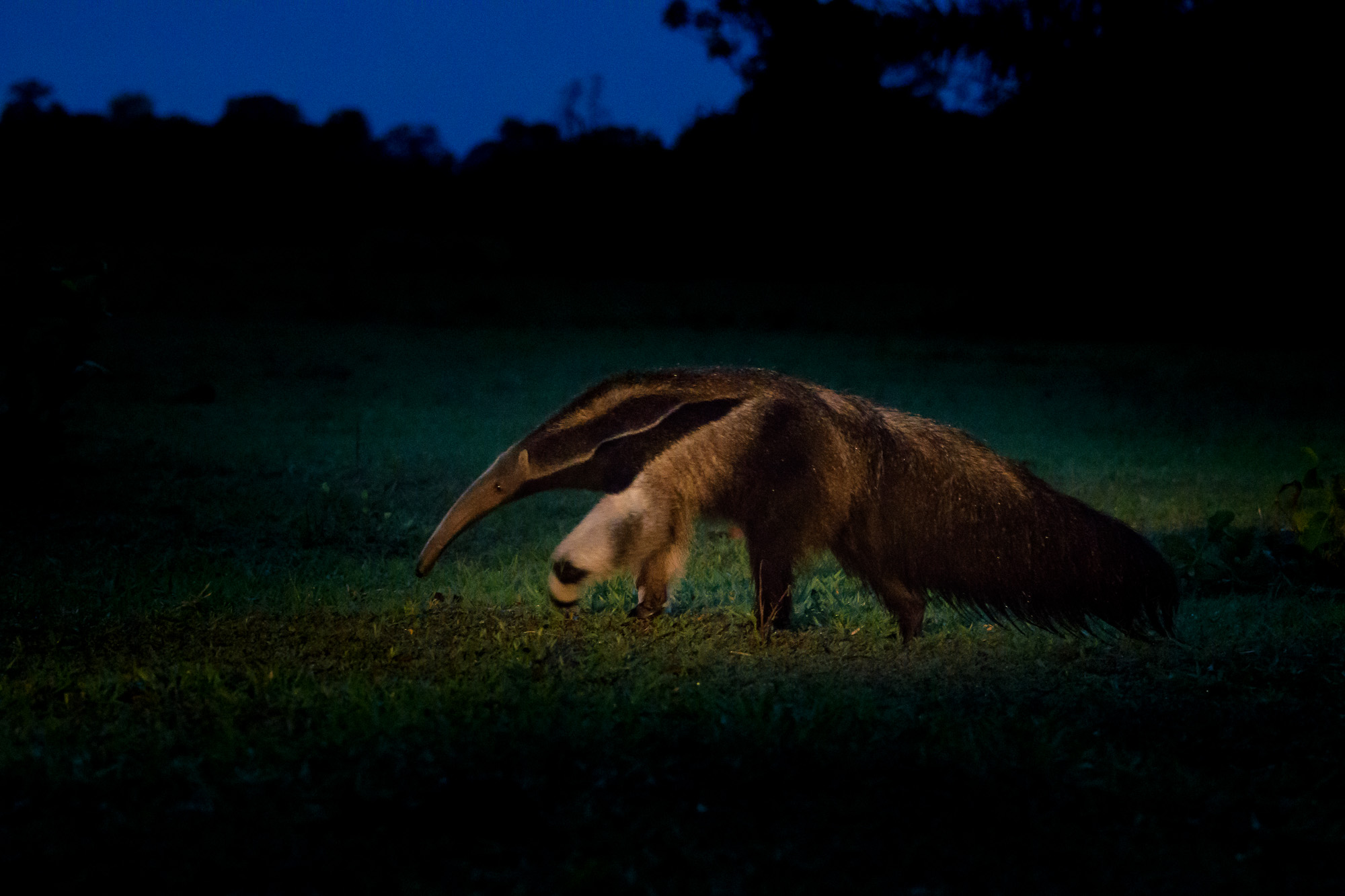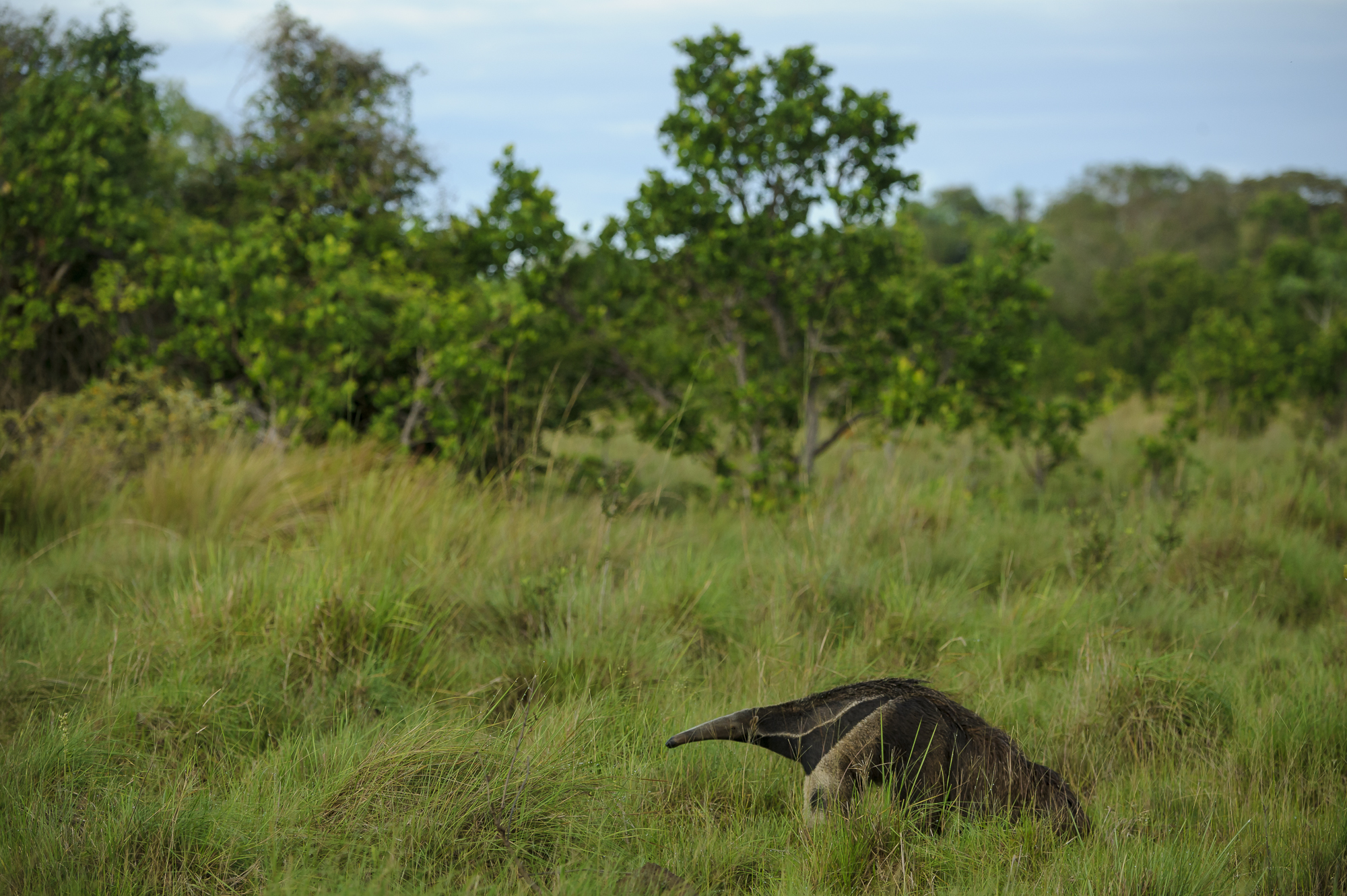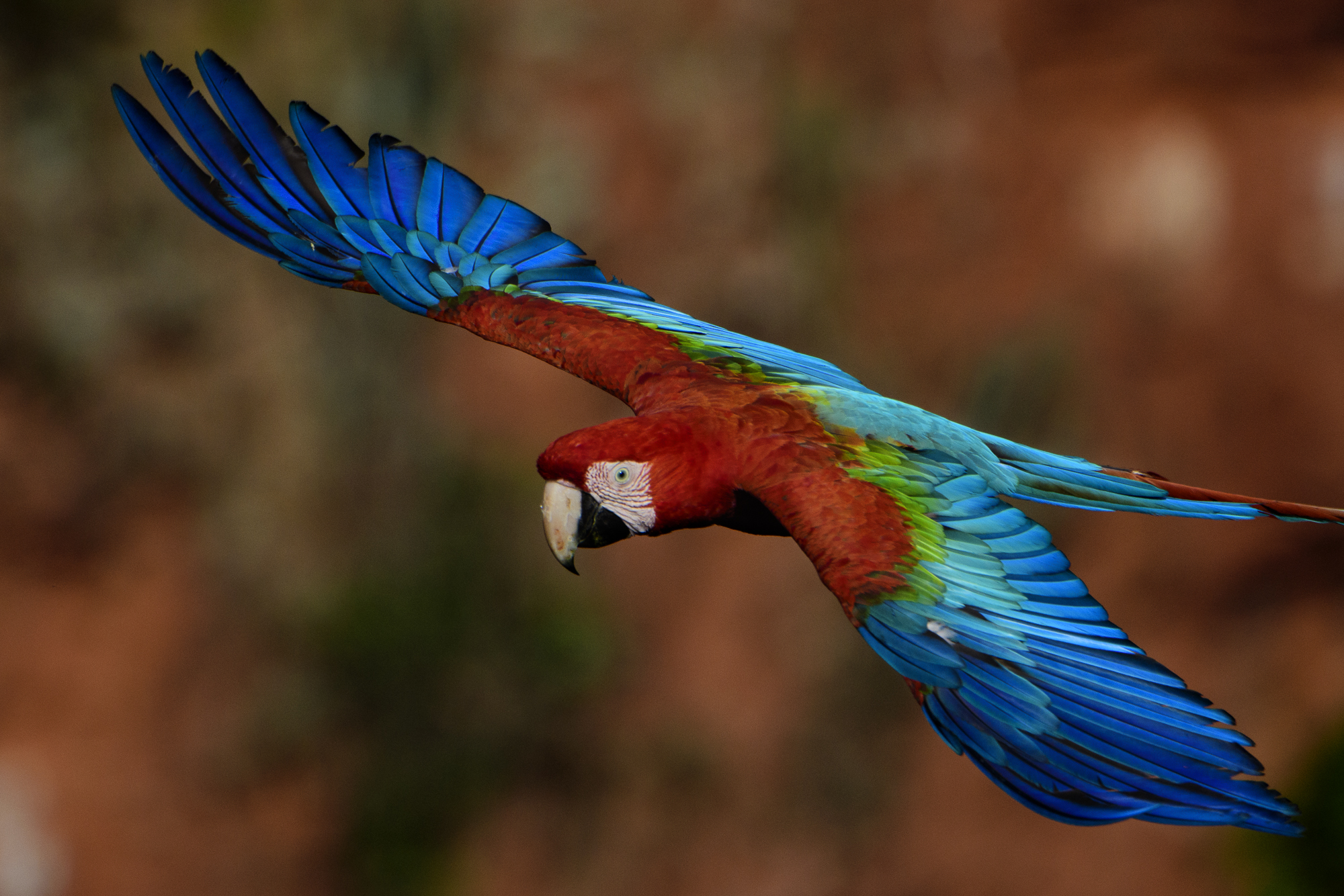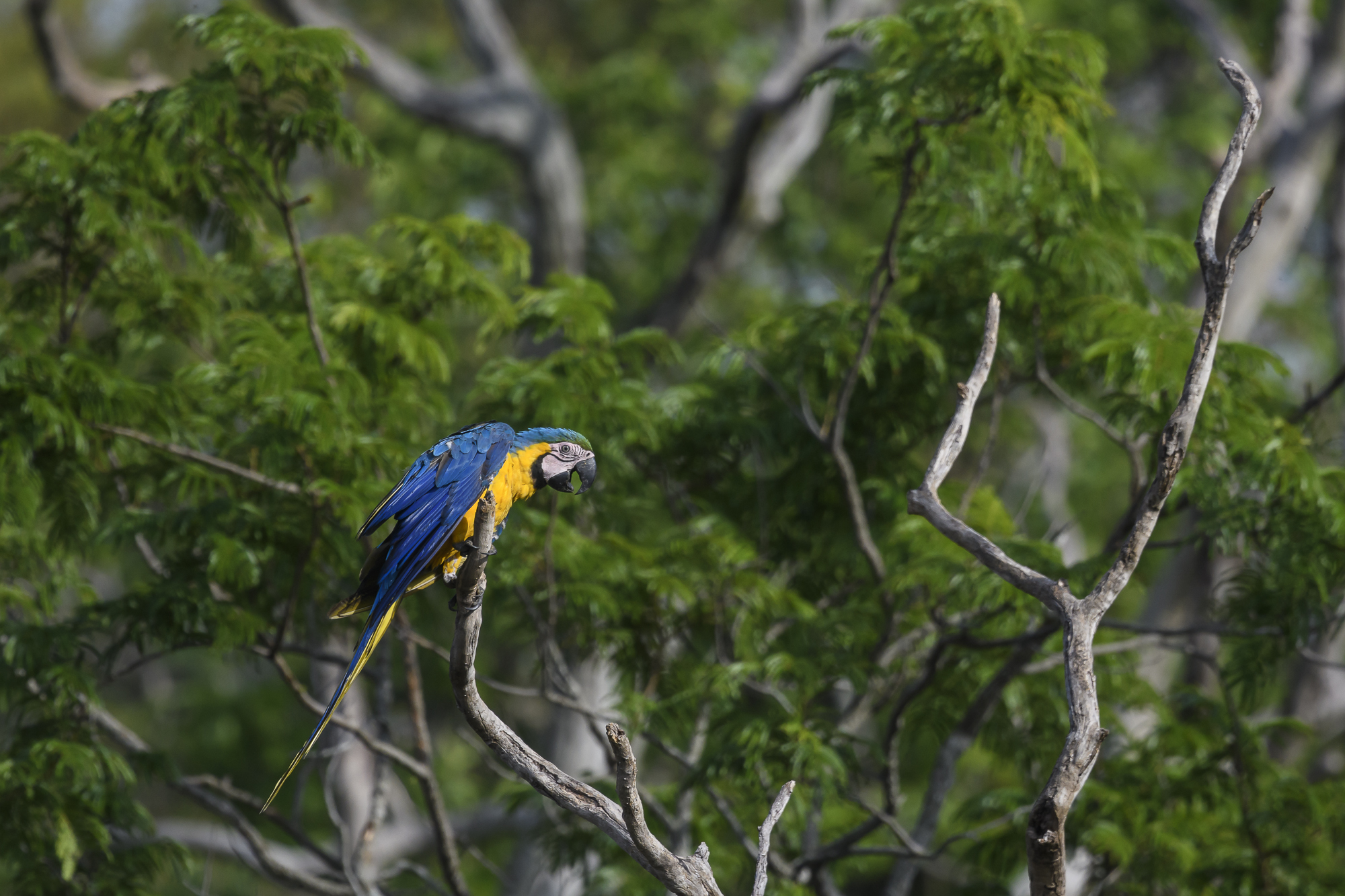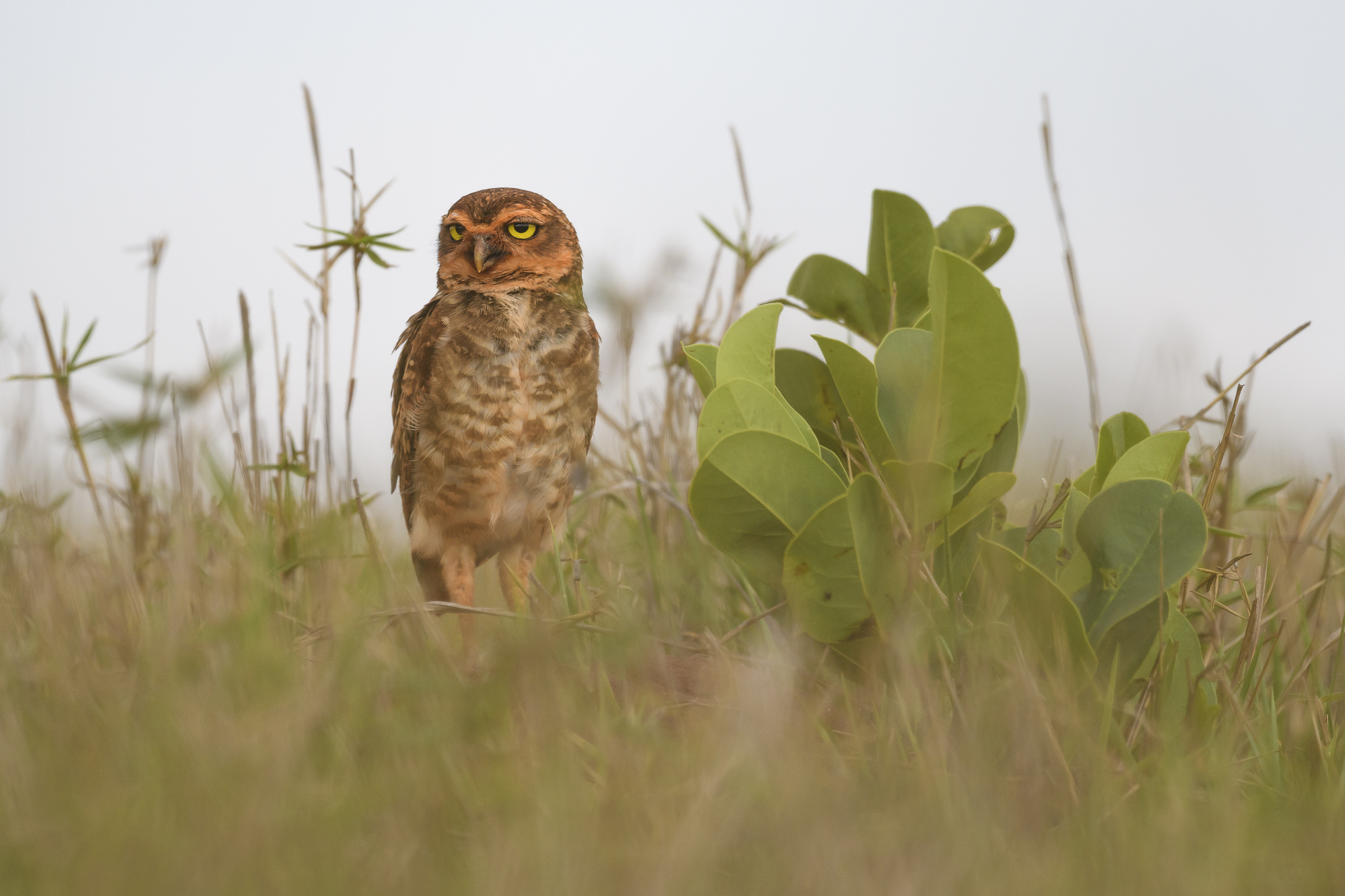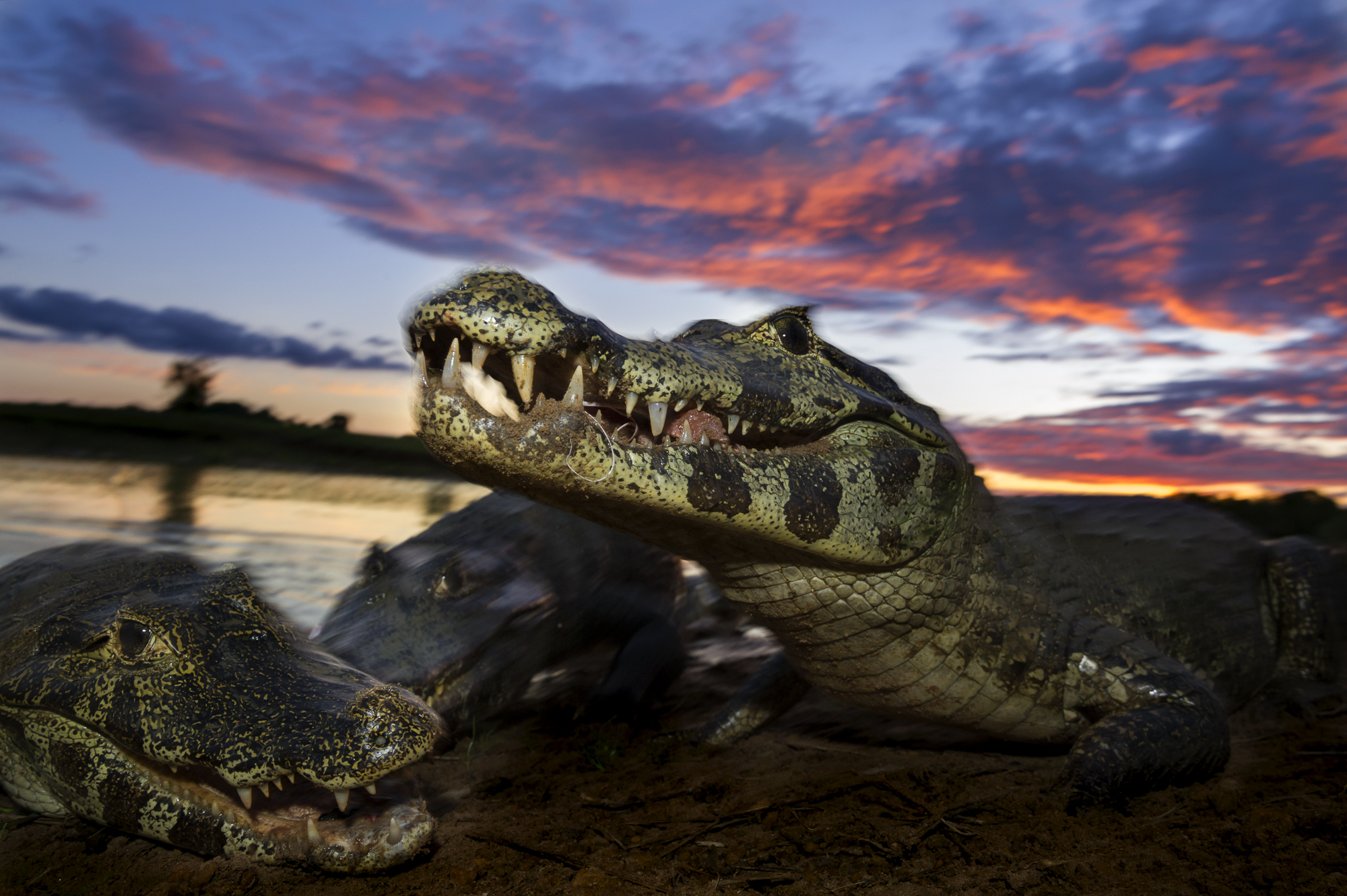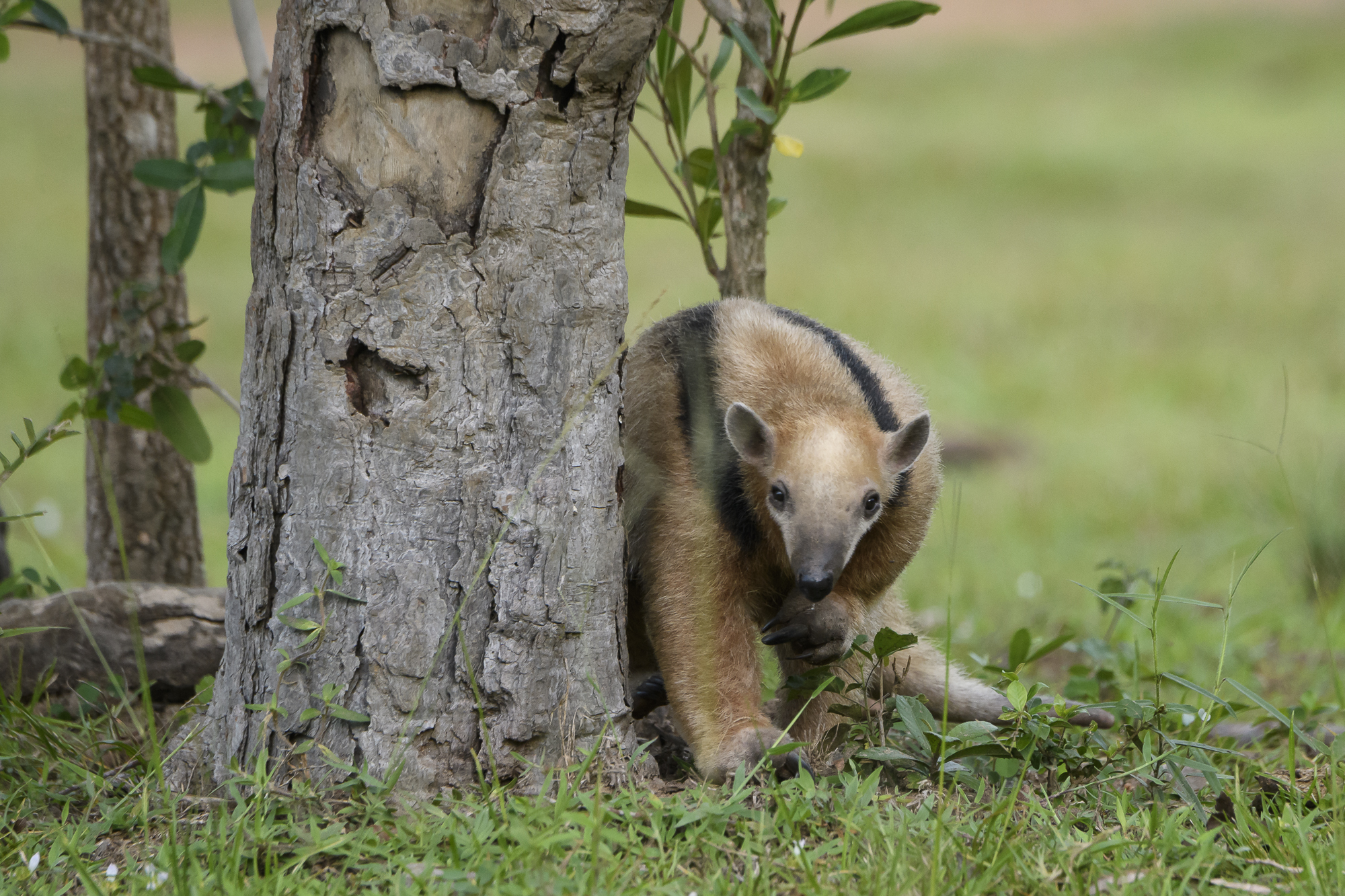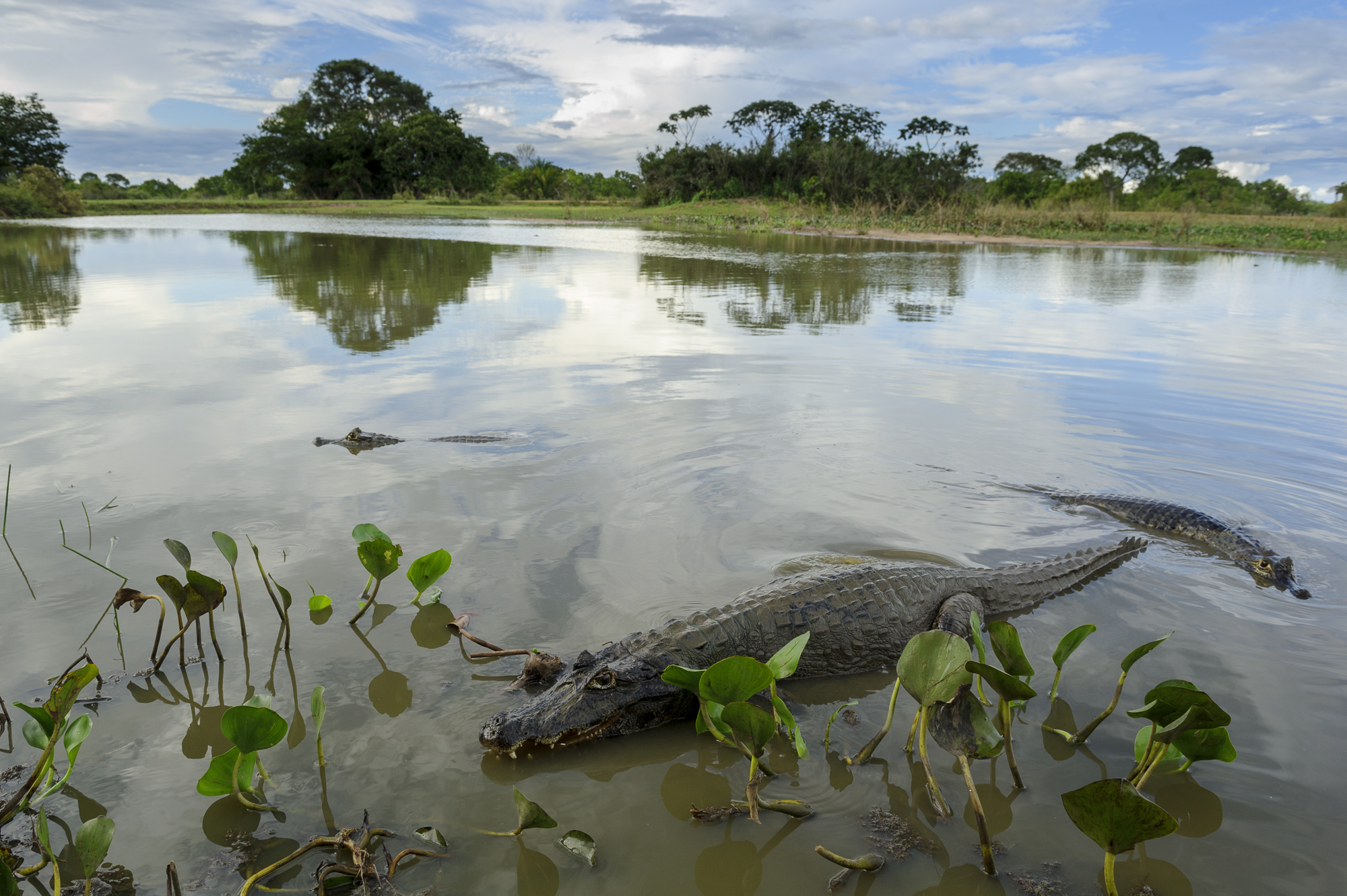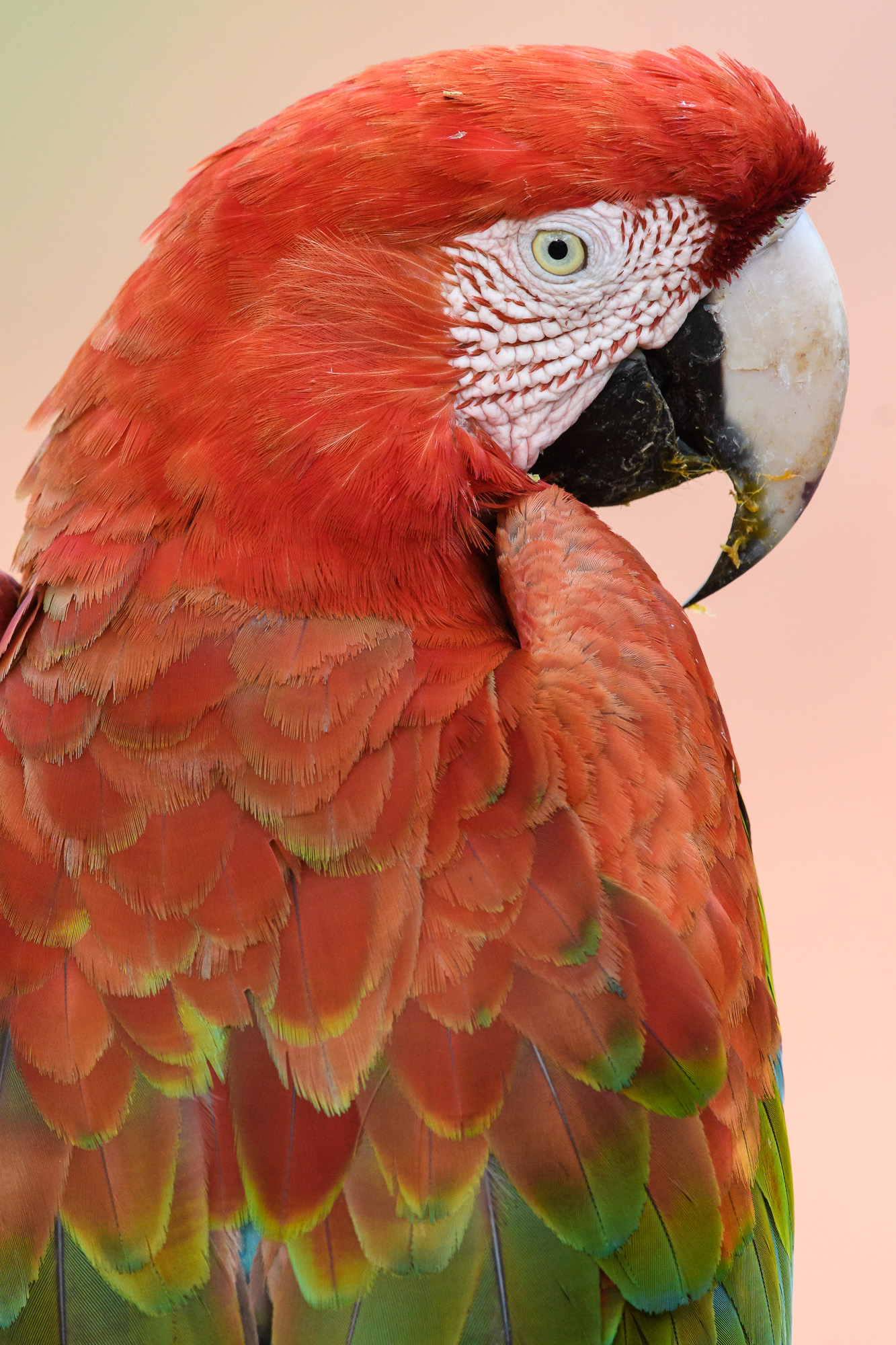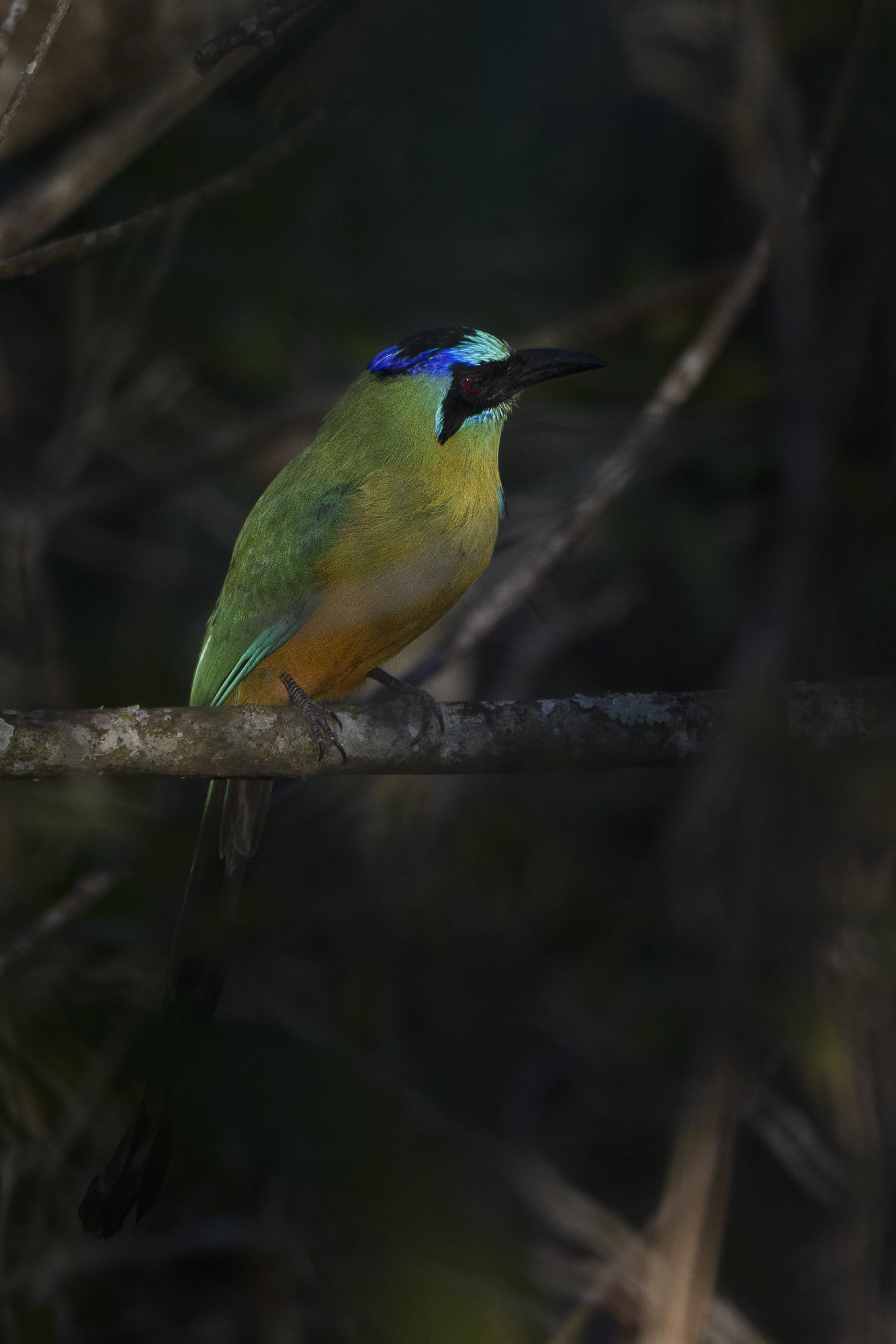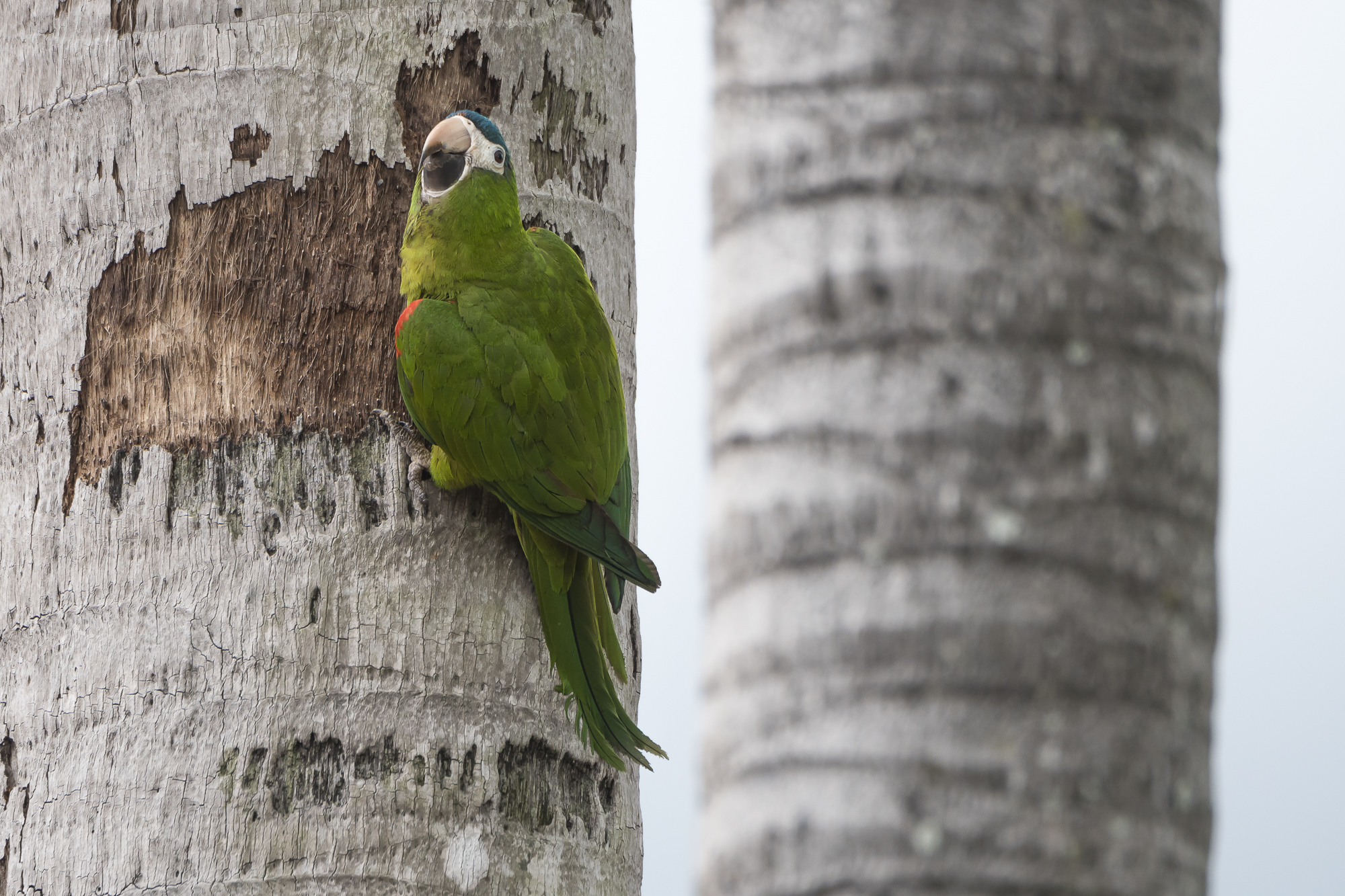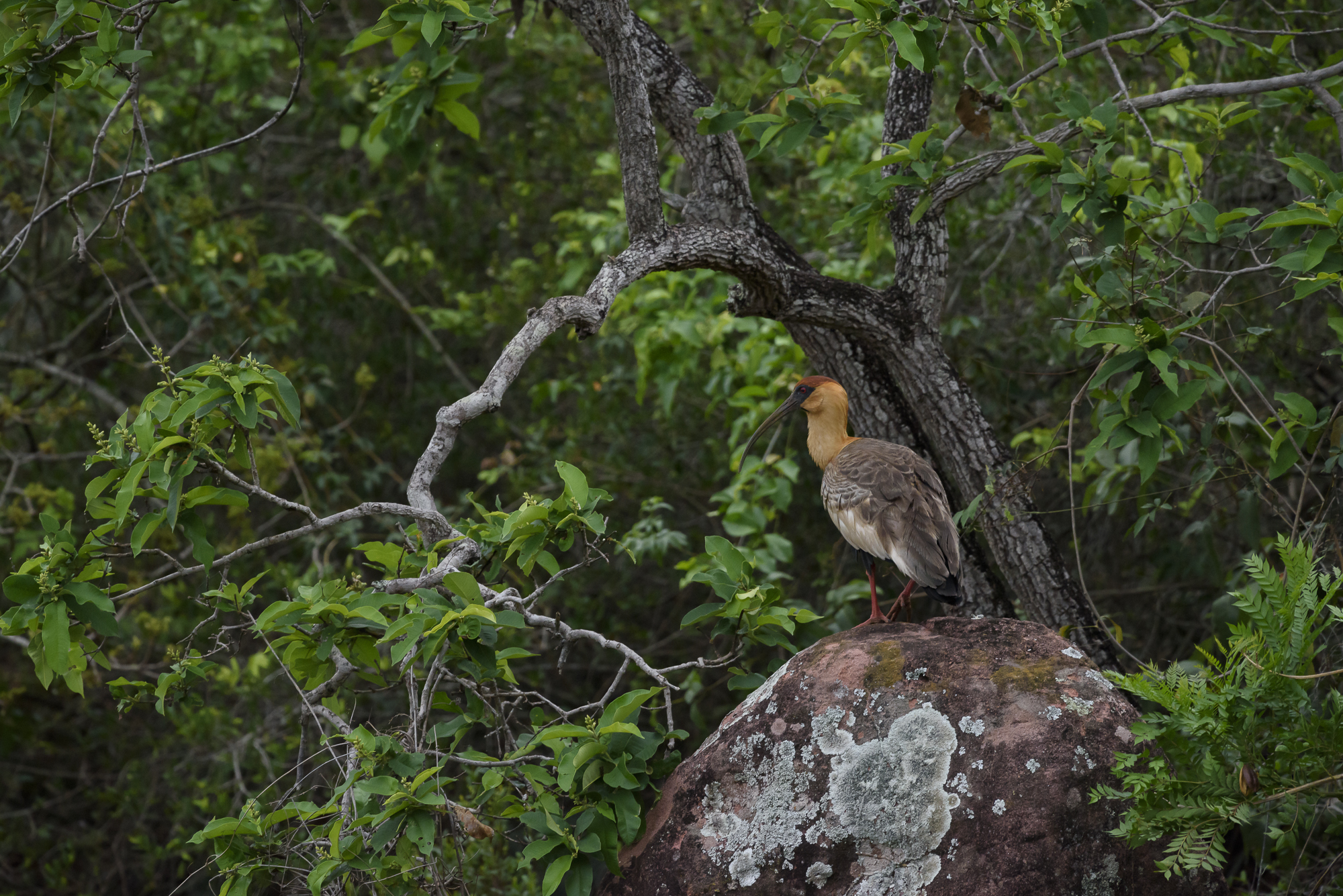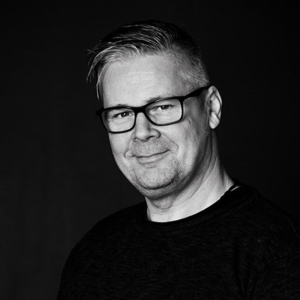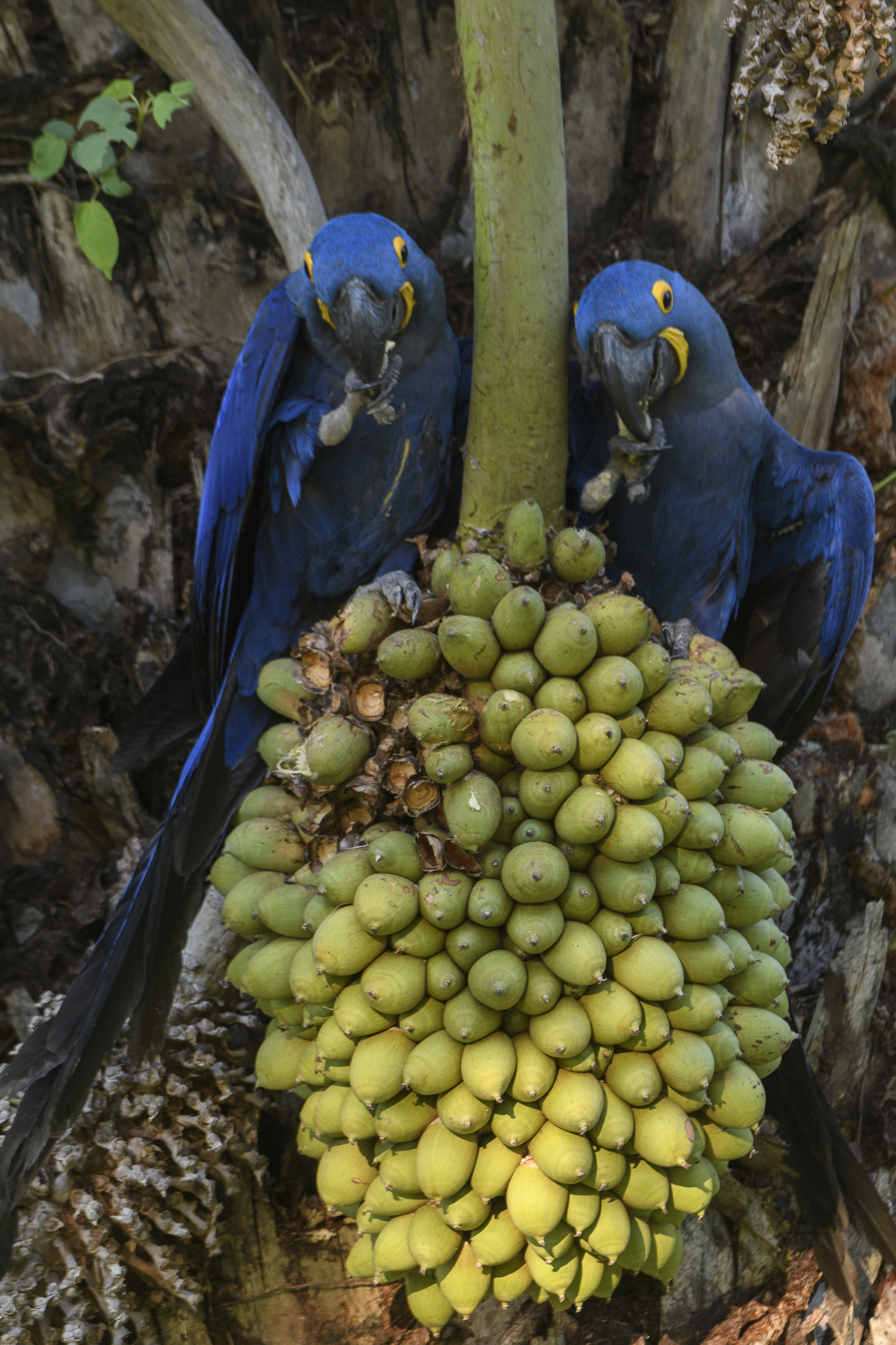Några höjdpunkter
- Hundreds of Red-and-green macaws
- Incredibly rich bird life with i.a. hyacinth and blue-yellow macaws and toucans
- Giant ant-eaters
- Several night safaris to look for nocturnal animals
- Snorkling in the crystal clear river, Rio da Prata.
PANTANAL
Pantanal is one of the World’s most biodiverse areas. It is often called the World’s largest wetland, spreading across hundreds of thousands of square kilometers in Brazil, eastern Bolivia and eastern Paraguay. Thanks to the high concentration of wildlife, high biodiversity and a number of varied habitats, Pantanal is really one of the natural wonders of the World.
This extension tour gives you an opportunity to experience the best of the southern parts of the Pantanal. Here we will be given great opportunities to photograph giant anteaters, Tamandua, caimans and lots of birds with large flocks of Red-and-green macaws as the main attraction. At one of the lodges we also have really good opportunities to photograph the shy cat ozelot.
THE ANIMALS AND BIRDS
In the Pantanal, wildlife is constantly present and here 405 fish species share the space with 600 bird species, 80 mammal species, 1100 butterfly species and 50 reptile species. Endangered and repressed animals such as jaguars, cougars, giant otters, wolves, ozelots, macaws, tapirs and giant anteaters, have found refuge in the difficult-to-force wetlands. On this extension tour, we focus on experiencing and photographing giant anteater, tamandua, capuchin monkeys and Red-and-green macaws and with a good portion of luck ocelot.
In a so-called sinkhole nest large numbers of Red-and-green macaws. The birds are very active and give us unique photo opportunities when they fly over the deep hole and sit on the sandstone wall. We will visit this place several times, which gives opportunities to try some new photo techniques to get some different images. In the vicinity of the gRed-and-green macaws, we will also look for blue-yellow macaws, buff-necked ibis and other exciting birds that can appear in the forest. It’s not uncommon for us to see Puffbirds and Motmot. We will also pay a visit to Rio da Prata to snorkel in the crystal clear water. The river has an enormous wealth of fish, you can almost get the feeling of swimming in an aquarium. Snorkeling equipment is available to borrow. Here in the area there are also plenty of Burrowing owls and at the restaurant where we have lunch, a bird feed usually attracts many different birds such as gold-plated parakeet.
Itinerary
The extension tour begins with us taking a flight to Campo Grande in the afternoon and then further transport to our hotel.
After breakfast we leave Campo Grande and travel to Rio da Prata. In the morning we snorkel in the crystal clear water in the river and enjoy life in the river. We have lunch at Rio da Prata before we go on to Buraco das Araras, a so-called. sinkhole where large numbers of Red-and-green macaws nest. The whole afternoon is spent in the area around the sinkhole. We will photograph the Red-and-green macaw. In the evening we go to our hotel in Jardim.
After breakfast we continue to photograph in the area around the sinkhole. We will have opportunities to work with different photo techniques during the days here as the macaws give us endless photo opportunities. After lunch we start our journey to our next lodge (about 4 hours journey).
When we arrive at the lodge, we can, if time permits, do some photography in the immediate surroundings. Here we can find lots of birds and not infrequently we see armadillos. After dinner in the evening we go on a night safari.
Both in the morning and afternoon safari we go out to look for giant ant-eaters and other exciting animals. After dinner in the evening, we have a night safari with ozelot as the focus (NOTE! Preliminary as the prevalence of ozelot varies). During the days there is the opportunity for rest or your own photo excursions, there are a lot of birds in and around the lodge.
Day 6 (30/9) (Breakfast)
After breakfast we leave for Campo Grande, we will be at the airport well before our departure. The extension journey ends here. Flights back home.
Error: Contact form not found.


